The bitter chill of winter might make you shiver, but compared to the ultimate cold spots in our universe, even the frozen Antarctic is practically tropical. When you think about the coldest places imaginable, your mind probably drifts to deep space, that endless void between stars where no warmth can possibly exist. But here’s the kicker – the absolute coldest spot in the universe isn’t lurking in some distant galaxy. One of them is actually right here on Earth, and the other sits just a few thousand light-years away in a cosmic phenomenon that defies everything we thought we knew about temperature.
The Race to Absolute Zero
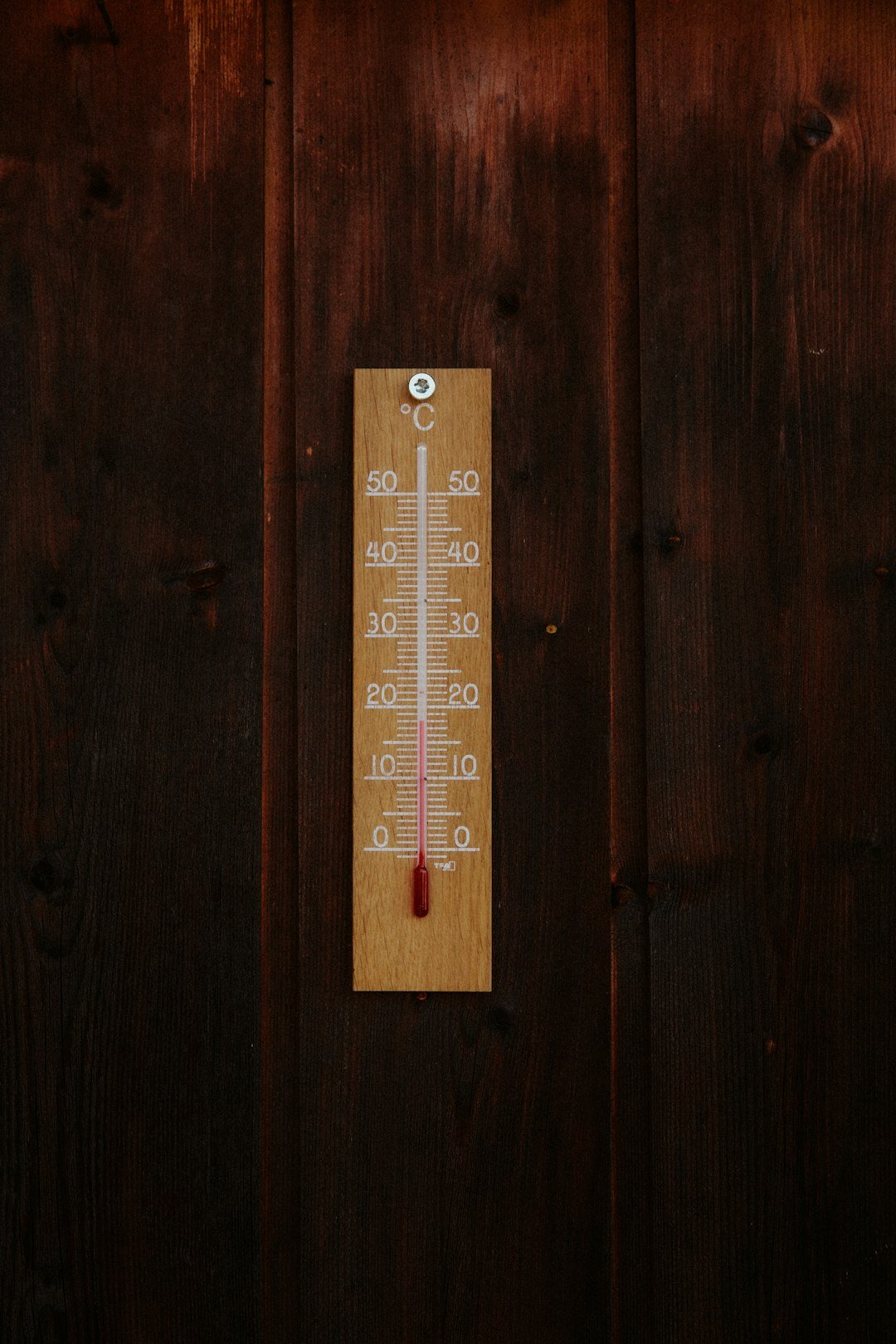
Scientists have been chasing absolute zero for centuries, and for good reason. Absolute zero is 0 K, -273.15 °C, or -459.67 °F – the theoretical point where all atomic motion stops and no more heat can be removed from matter. It’s like the ultimate finish line in physics, except nobody can ever actually cross it.
What makes this temperature so fascinating is that matter displays unusual properties as it near absolute zero, including superconductivity, superfluidity, and forming the state of matter called a Bose-Einstein condensate. Imagine liquids that can flow up walls and defy gravity, or materials that conduct electricity with zero resistance – these aren’t science fiction concepts but real phenomena that occur at these mind-bending temperatures.
Earth’s Cold War Victory
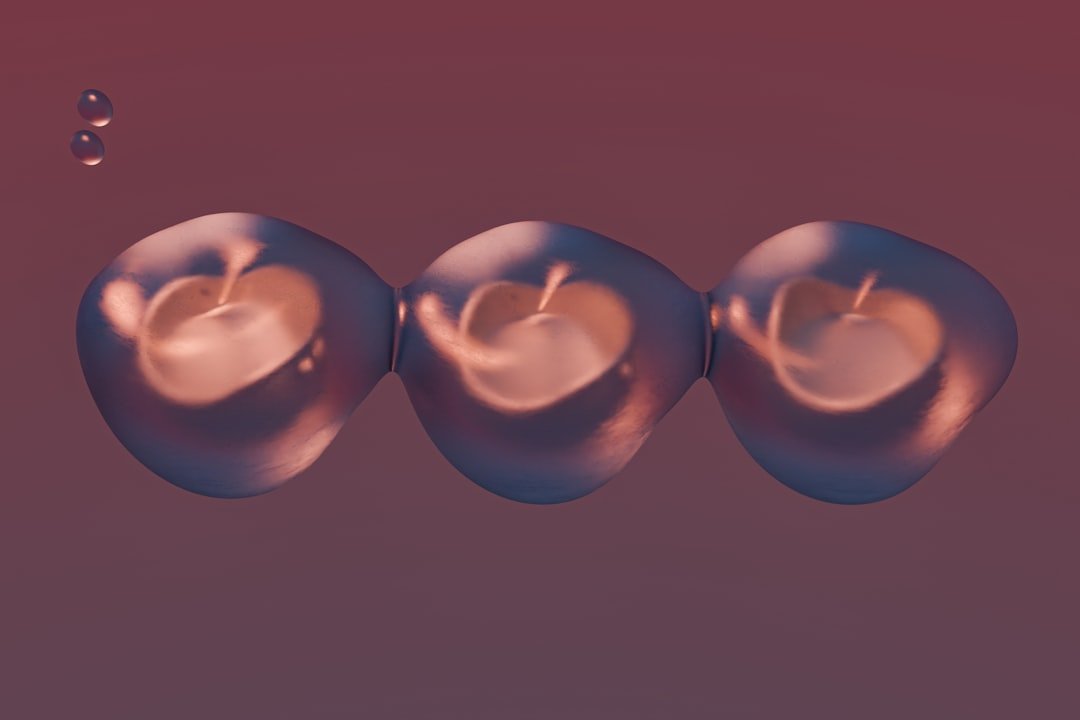
Here’s where things get really wild. As far as scientists can tell, the lowest temperatures ever attained were recently observed right here on earth. That’s right – forget about the frozen vacuum of space. The coldest temperatures in the known universe are being created in laboratories by brilliant scientists who’ve figured out how to make atoms nearly stand still.
The current record holder is absolutely mind-blowing. Researchers from four universities in Germany have created the coldest temperature ever recorded in a lab – 38 trillionths of a degree warmer than absolute zero. To put this in perspective, at the new record-low temperature, atoms are a million times slower — it takes them half a minute to move one inch.
How Scientists Broke the Ultimate Cold Record
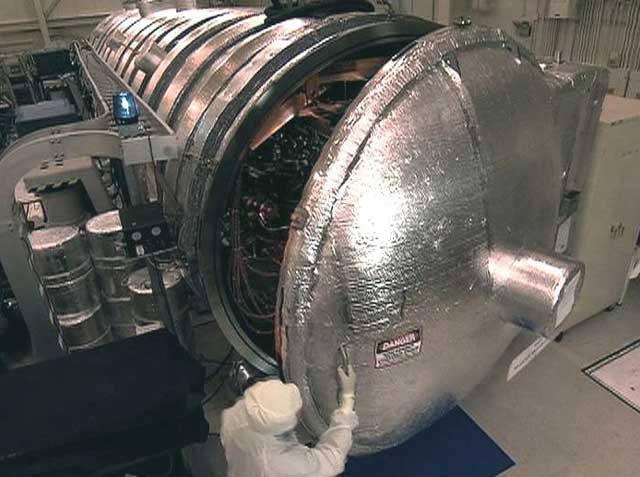
The German team’s achievement wasn’t just luck – it was pure scientific genius. Scientists trapped a cloud of around 100,000 gaseous rubidium atoms in a magnetic field inside a vacuum chamber. Then, they cooled the chamber way down, to around 2 billionths of a degree Celsius above absolute zero. But they weren’t satisfied with just breaking one record.
The team took their setup to the European Space Agency’s Bremen drop tower, a microgravity research center at the University of Bremen in Germany. By dropping the vacuum chamber into a free fall while switching the magnetic field on and off rapidly, allowing the BEC to float uninhibited by gravity, they slowed the rubidium atoms’ molecular motion to almost nothing. The result was a temperature so cold that regular thermometers couldn’t even detect it.
MIT’s Frozen Legacy

Long before the German team claimed the crown, MIT was making headlines in the ultra-cold world. MIT scientists have cooled a sodium gas to the lowest temperature ever recorded — only half-a-billionth of a degree above absolute zero. The work happened in a dark laboratory filled with lasers, mirrors, and cutting-edge equipment that looks more like something from a sci-fi movie than a research facility.
Wolfgang Ketterle, the Nobel Prize-winning physicist behind MIT’s achievements, showed visitors the exact spot where history was made. “Right here,” he says, his voice rising with excitement as he points to a black box that has an aluminum-foil-wrapped tube leading into it. “This is where we made the coldest temperature.” The excitement in his voice tells you everything about how monumental these achievements really are.
The Boomerang Nebula Takes the Natural Crown
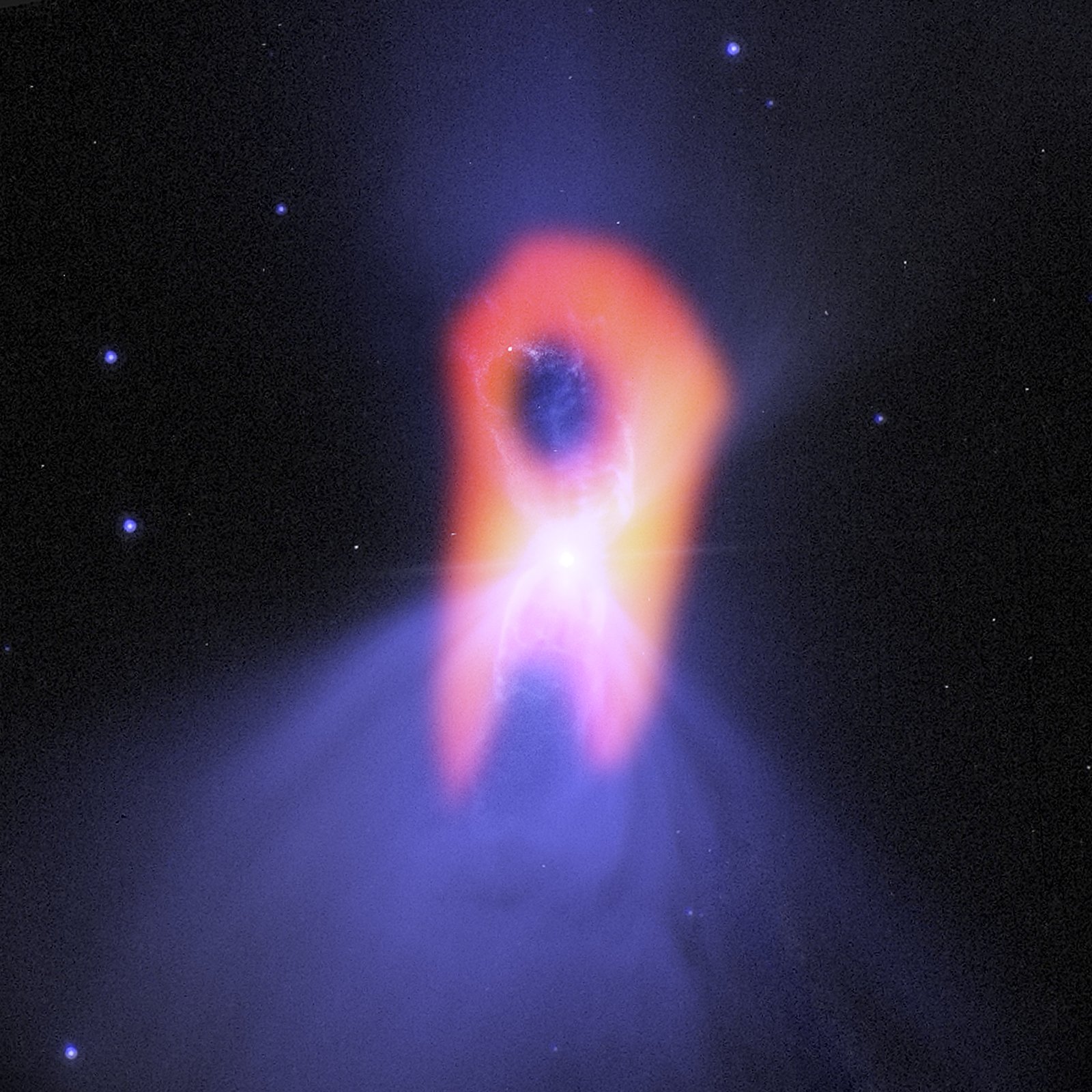
While laboratories on Earth can create the coldest artificial temperatures, nature has its own champion. The Boomerang Nebula is a young planetary nebula and the coldest object found in the Universe so far. Located roughly five thousand light-years away in the constellation Centaurus, this cosmic ice box holds the record for the coldest natural place we’ve ever discovered.
With a temperature of -272°C, it is only one degree warmer than absolute zero. Even the -270.4°C background glow from the Big Bang is warmer than this nebula. Think about that for a second – this nebula is actually colder than the leftover radiation from the creation of the universe itself. It’s the only natural object we know of that’s managed to beat the cosmic microwave background temperature.
The Dying Star That Creates Cosmic Ice
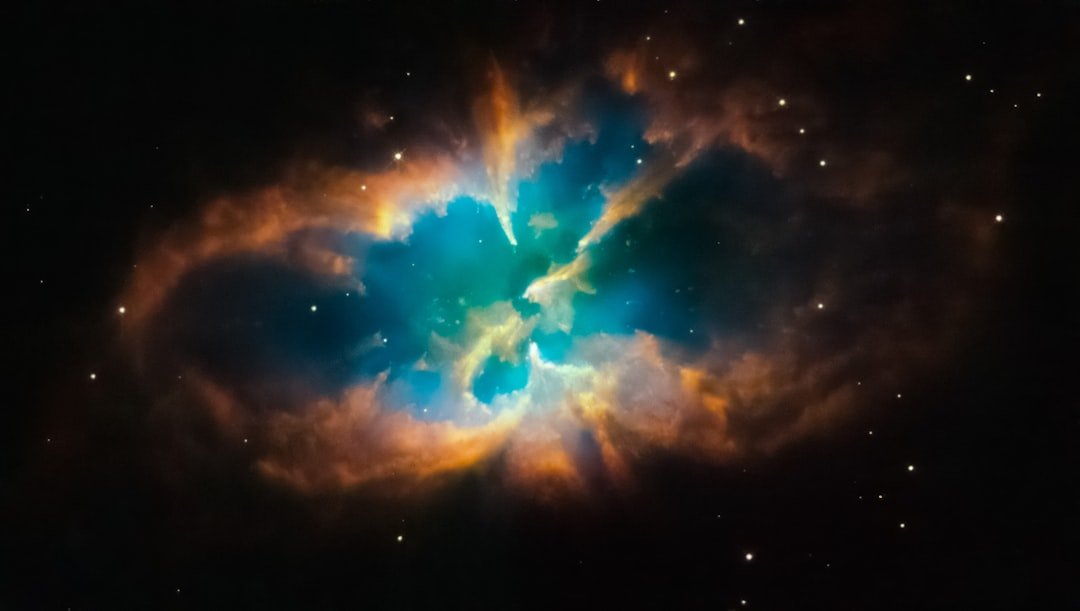
The Boomerang Nebula’s extreme cold isn’t random – it’s the result of stellar death in action. The Boomerang Nebula is a reflecting cloud of dust and ionized gases – a young planetary nebula with a dying red giant star at its center. Once a star much like our sun, it has been shedding its outer layers as expected during the last stages of its life. But this isn’t your typical stellar goodbye.
The general bow-tie shape of the Boomerang appears to have been created by a very fierce 500 000 kilometre-per-hour wind blowing ultracold gas away from the dying central star. The star has been losing as much as one-thousandth of a solar mass of material per year for 1500 years. This incredibly rapid expansion is what creates the record-breaking cold temperatures.
Space-Based Cold Laboratories

NASA isn’t content to let Earth-based laboratories have all the fun. The Cold Atom Lab (CAL) is the first facility in orbit to produce clouds of “ultracold” atoms, which can reach a fraction of a degree above absolute zero. Nothing in nature is known to hit the temperatures achieved in laboratories like CAL, which means the orbiting facility is regularly the coldest known spot in the universe.
What makes space-based experiments so special? Laboratories on Earth can produce ultracold atoms, but on the ground, gravity pulls on the chilled atom clouds and they fall quickly, giving scientists only fractions of a second to observe them. In microgravity, the cold atom clouds float for much longer, giving scientists an extended view of their behavior. It’s like having a cosmic laboratory where the laws of physics work in your favor.
The Physics of Getting Things Really, Really Cold

Creating these ultra-cold temperatures isn’t as simple as cranking up a really powerful air conditioner. The process to create the cold atom clouds starts with lasers that begin to lower the temperature by slowing the atoms down. Radio waves cut away the warmest members of the group, further lowering the average temperature. Finally, the atoms are released from a magnetic trap and allowed to expand. This causes a drop in pressure that, in turn, naturally causes another drop in the cloud’s temperature.
The whole process is incredibly delicate and requires precision that would make a Swiss watchmaker jealous. Scientists use magnetic fields to trap atoms because no known container can be cooled to such temperatures. Therefore, the atoms are surrounded by magnets, which keep the gaseous cloud confined. It’s like trying to hold onto something that barely exists while making it move slower than anything has ever moved before.
When Matter Gets Weird
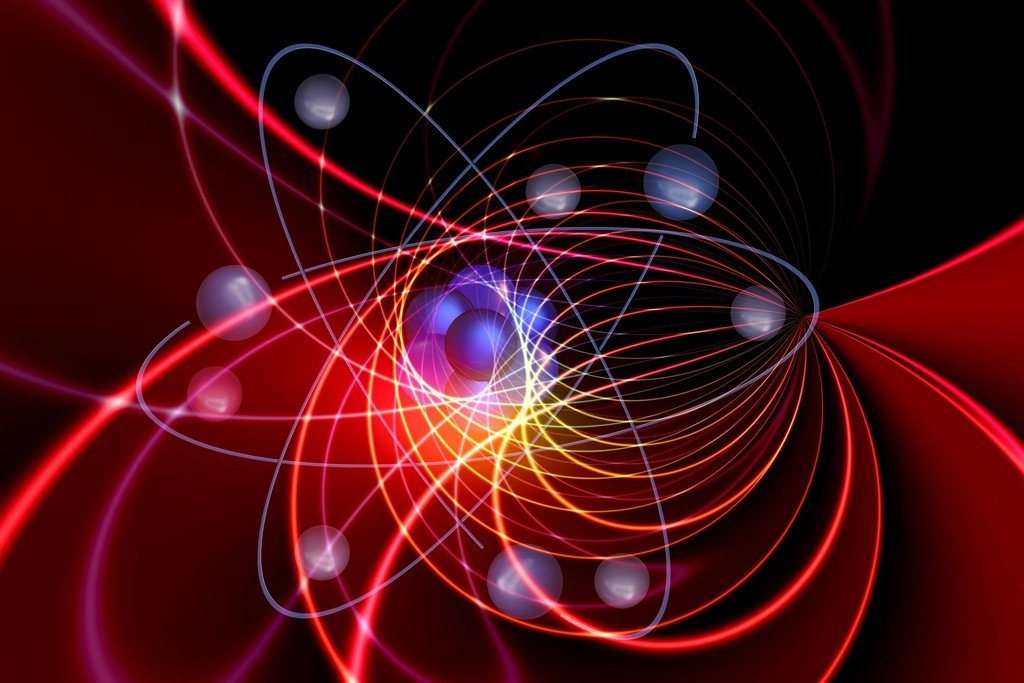
At these extreme temperatures, the normal rules of physics start to break down in fascinating ways. Near absolute zero, some weird things start to happen. For example, light becomes a liquid that can literally be poured into a container. Supercooled helium stops experiencing friction at very low temperatures. Imagine being able to pour light like water – that’s the kind of mind-bending reality we’re dealing with here.
Even more bizarre, in NASA’s Cold Atom Lab, researchers have even witnessed atoms existing in two places at once. This quantum weirdness only becomes visible when we strip away almost all thermal energy from matter, revealing the strange underlying nature of reality that’s normally hidden by the chaos of normal temperatures.
The Cosmic Temperature Perspective

To really appreciate how cold these laboratory achievements are, consider this: because of background radiation, deep space isn’t really all that cold (2.73 K). The empty vacuum between stars is actually warmer than what scientists routinely create in their laboratories. Even the temperature of the CMB is around -454.8 degrees Fahrenheit (-270.4 degrees Celsius), so empty space is just a few degrees warmer than absolute zero.
This means that the coldest we’ve ever gotten something on the planet Earth is 38 Picokelvins. That’s 38 trillionths of a Kelvin, while the Boomerang Nebula is 1 Kelvin. Humans have officially out-cooled nature by an absolutely staggering margin.
The Practical Magic of Extreme Cold
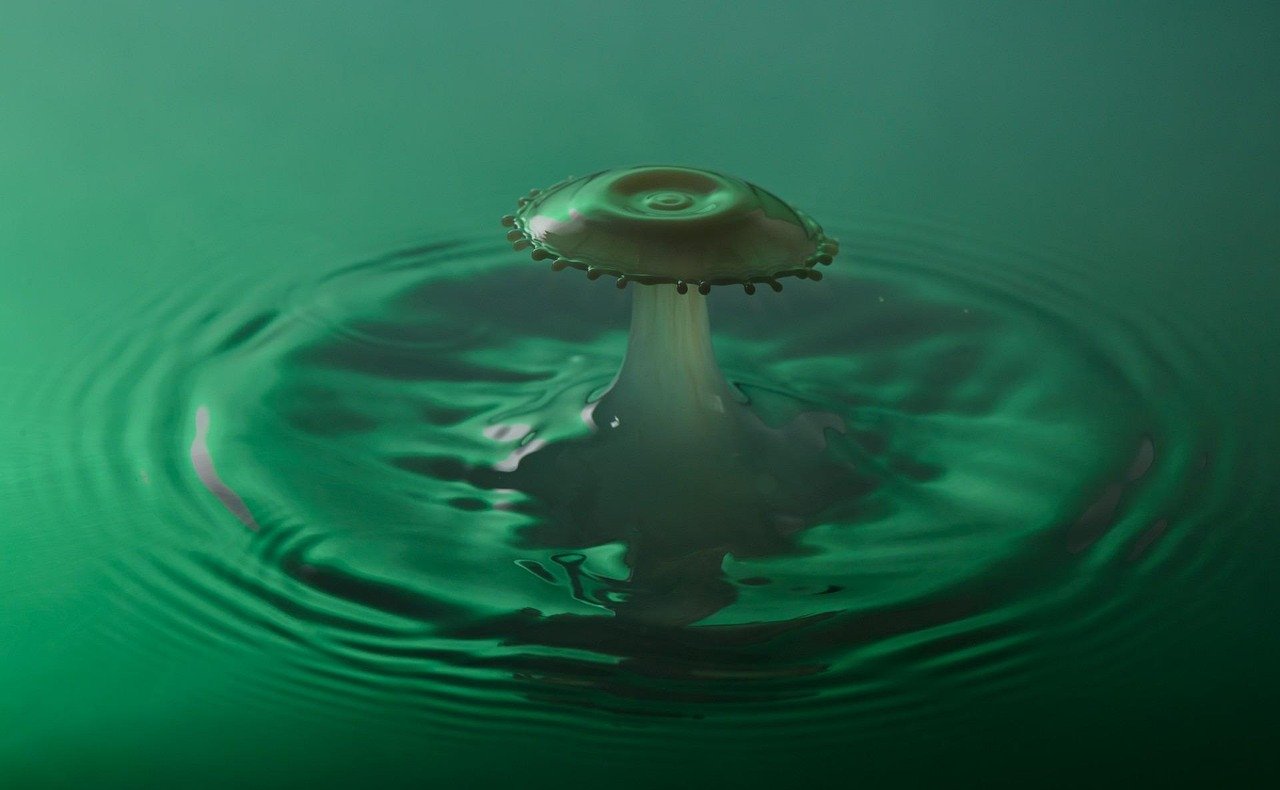
These aren’t just academic exercises in seeing how cold things can get. Ketterle’s team is using BECs to study basic properties of matter, such as compressibility, and better understand weird low-temperature phenomena such as superfluidity. Ultimately, Ketterle, like many physicists, hopes to discover new forms of matter that could act as superconductors at room temperature, which would revolutionize how humans use energy.
Room-temperature superconductors could change everything – from how we store and transmit electricity to how we power our cities. The path to that future runs through understanding matter at temperatures so cold they make liquid nitrogen look hot. These extreme experiments today could power the revolutionary technologies of tomorrow.
Conclusion: Cold Truths About Our Universe
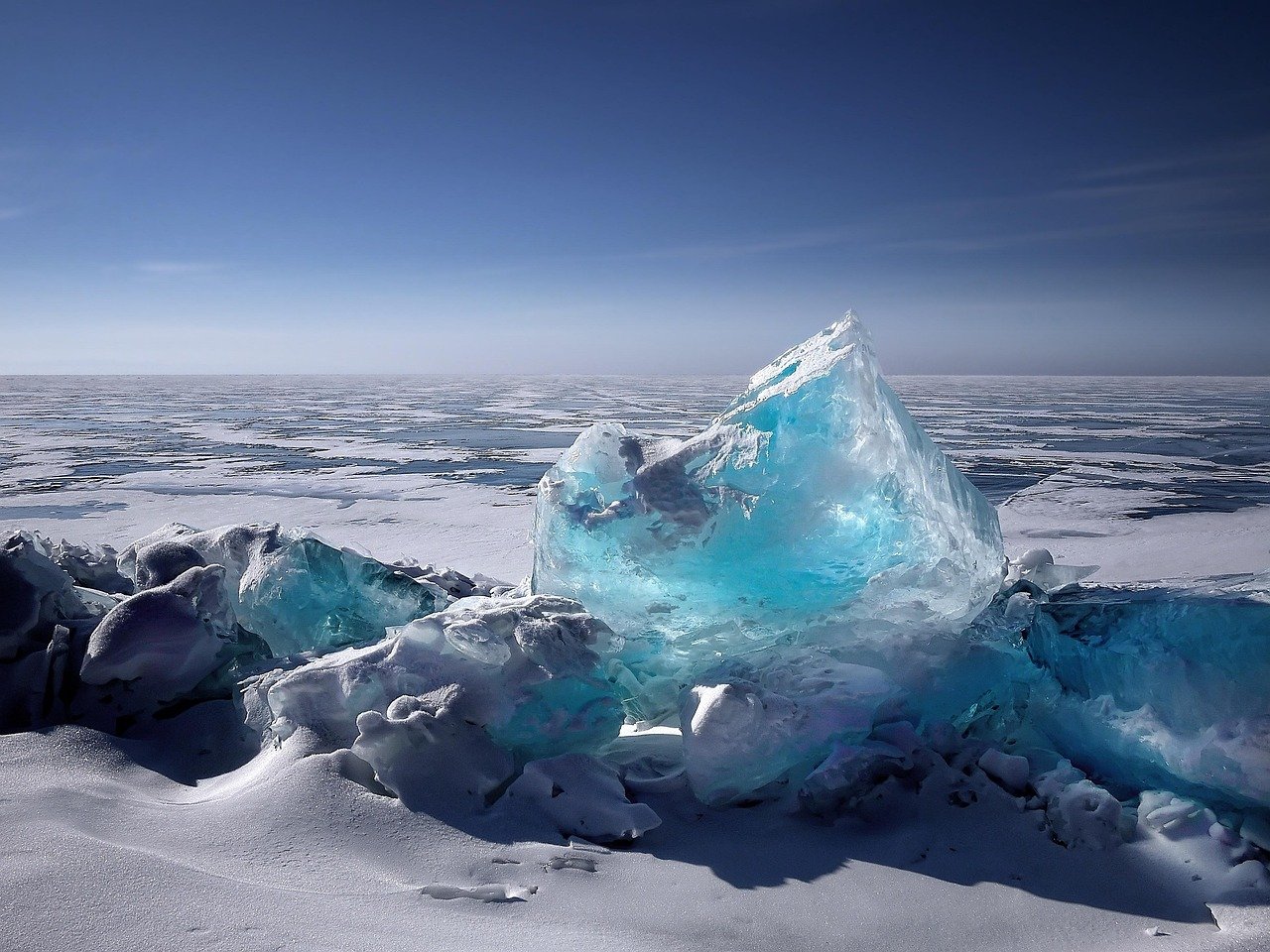
The coldest place in the universe isn’t hiding in some distant corner of space – it’s being created right here on Earth by scientists pushing the boundaries of what’s possible. While the Boomerang Nebula holds the title for nature’s icebox, human ingenuity has managed to create conditions so cold that they defy our everyday understanding of temperature itself.
These achievements represent more than just record-breaking – they’re windows into the fundamental nature of reality. At temperatures where atoms barely move and light behaves like liquid, we discover new states of matter and quantum phenomena that could reshape technology as we know it. The next time winter makes you complain about the cold, remember that somewhere in a laboratory, scientists are creating temperatures so frigid that even the vacuum of space would feel like a warm summer day. Isn’t it amazing what happens when we push the limits of physics?




